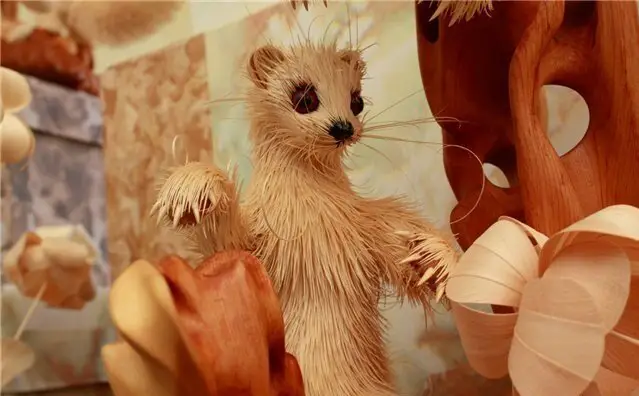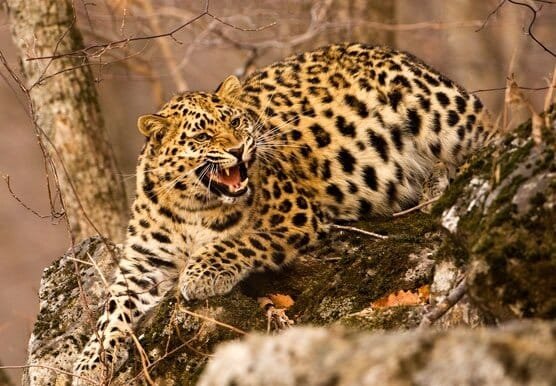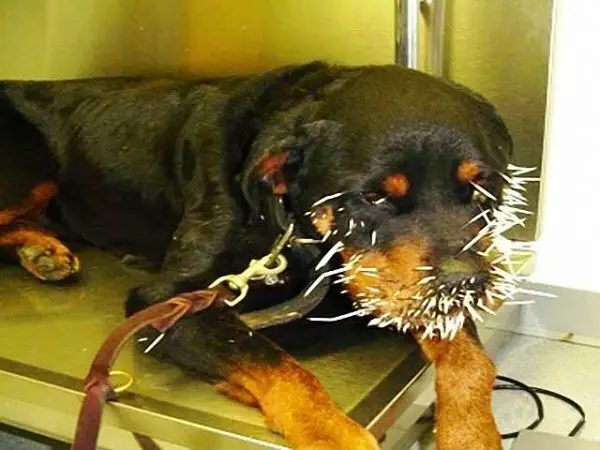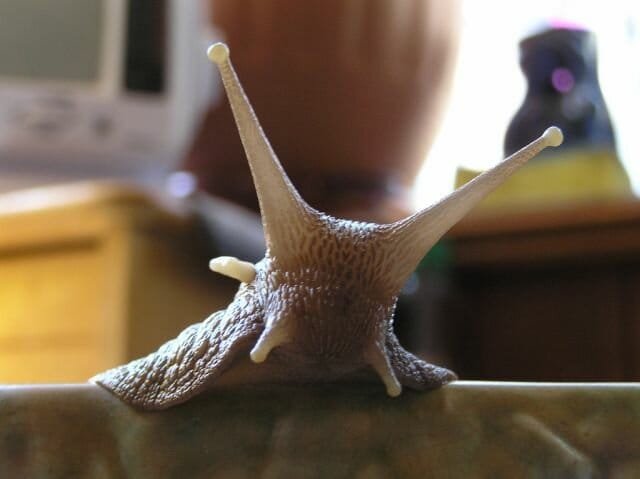This is the work of secondary school teachers . Sergei makes animals out of unusual material – wood shavings. All animals are made in full size .Work over bird took about six months. Seven thousand feathers made of cedar wood , and beak and claws of the dozens of layers of glue chips. The beak is made up of 150 very thin wooden blades. In the four years with her son has gathered a considerable collection. Eagles, owls – large and tiny, squirrels … all animals have the exact anatomical correspondence, size and even weight. For the eagle, they say, offered half a lemon, but the sculptor refused.
0 Shares
GalleryWonderful Wildlife Photography
- September 19, 2020
GalleryMat Cat?! … Masked Alien?! … Or Something Else?
- September 22, 2020
You May Also Like
Top 10 Most Beautiful Dolphin Pictures
- PetsFoto
- November 3, 2020
- 1 minute read
Dolphins are marine mammals that are closely related to whales and porpoises. There are almost forty species of dolphin in seventeen genera.
Dog vs Porcupine…The Loser Is?!
- PetsFoto
- September 15, 2020
- 1 minute read
Dogs in some opinions do not fall into too many curious animals .. But when curiosity victory could lead to serious mistake ...
February 20… Love Your Pet Day
- PetsFoto
- September 24, 2020
- 1 minute read
February is a month of love. Valentine’s Day for humans, and of course Love Your Pet Day, on February 20 for our animal friends. We hope you showered your pet with love and treats this past Saturday in honor of Love Your Pet Day!
The Largest Snail In The World
- PetsFoto
- January 2, 2021
- 1 minute read
Snail is a common name for almost all members of the molluscan class Gastropoda that have coiled shells in the adult stage. When the word is used in a general sense, it includes sea snails, land snails and freshwater snails. Otherwise snail-like creatures that lack a shell are called slugs.
Funny Snow Monkeys
- PetsFoto
- August 4, 2020
- 1 minute read
The Japanese Macaque is a very intelligent species. It is the only animal other than humans and raccoons that is known to wash its food before eating it.The macaque has other unusual behaviors, including bathing together in hot springs and rolling snowballs for fun.Also in recent studies, it has been found that the Japanese Macaque can develop different accents, like humans..
Mat Cat?! … Masked Alien?! … Or Something Else?
- PetsFoto
- September 22, 2020
- 1 minute read
The right thing for fans of science fiction films. This thing really looks like it's from another planet. In addition to angry look and look, this is a matter of animals and one of ugly fur that I have seen in the animal kingdom.


















